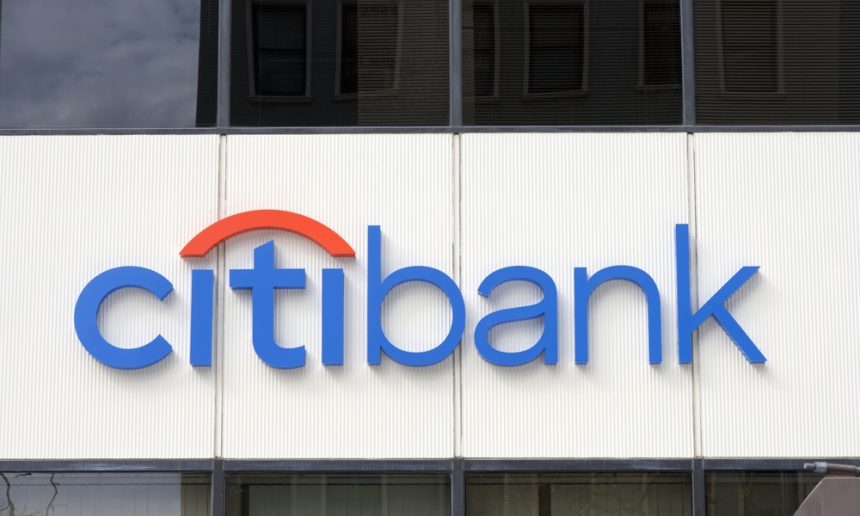Trust, not thrills, moves crypto into the heart of finance..
It started small, tucked away in meeting rooms and private labs. While the world shouted about crypto winters and memecoins, Citibank quietly built. Now, after three years of deliberate work, the bank’s ready for its 2026 reveal a crypto custody service for the institutions that crave safety over spectacle. This isn’t about chasing headlines. It’s about trust, stability, and bringing digital assets fully into the folds of global finance.
For years, banks were trapped in regulatory limbo. The SEC’s SAB 121 made custody look like a balance sheet nightmare. But that’s over now. With the road cleared, Citi can finally move. 2026 isn’t just a date it’s a deadline born from careful engineering. Enough time to test, harden, and perfect. Because when you handle billions, “almost ready” doesn’t cut it.
Crypto custody isn’t just a vault it’s a living ecosystem. Governance, segregation, reporting, reconciliation all of it tied together by strict rules and digital precision. Citi’s not building a side project here; it’s weaving custody into its wider digital money and securities systems. It’s not isolation it’s integration.
Behind that calm exterior, the grind’s been real. Citi’s spent years running prototypes with infrastructure partners, figuring out how to satisfy both regulators and risk committees. Institutions don’t care about slogans. They care about process who holds the keys, who approves the transfers, who’s accountable. Citi’s answer is simple: “We are.”
Its Single Event Processing (SEP) platform, already managing securities in real-time, will handle crypto the same way. Transactions logged instantly. Reconciliations seamless. It’s not flashy, but it’s revolutionary in its reliability. That’s the kind of progress big money trusts.
And the early clients? The giants. Asset managers, pension funds, corporates. The ones already parked in Citi’s ecosystem. They don’t want to gamble they want continuity. The same bank, the same rules, just new assets.
State Street’s joining the race too, aiming for a 2026 rollout. When the guardians of traditional markets move in sync, the message is clear: this isn’t a phase. It’s a foundation.
Citi’s also eyeing bridges custody for stablecoin reserves, infrastructure for crypto ETFs. It’s building the links between regulated finance and digital settlement, tightening the gap that once seemed impossible to close.
Institutions waited for this moment. They needed clarity and control. And now, with guardrails in place, they can finally act. That’s what makes 2026 special it’s the year “maybe someday” turns into “let’s go.”
Citi’s risk approach feels classic tiered key systems, hardware modules, policy engines, and continuous audits. It’s crypto reinterpreted through the language of big banks secure, compliant, methodical.
And here’s the truth custody is just the entry point. The real opportunity lies in motion: collateral, liquidity, fund operations, financing. Once digital assets move like traditional ones, custody becomes the heart of finance itself. And Citi’s already building the arteries.
By 2026, this might all feel normal multi-chain operations, automated settlements, wallets as sub custodian nodes. Auditors smiling because for once, everything just works.
So keep your eyes on the signals stablecoin policies, ETF approvals, early client pilots. Every small shift is another sign of crypto quietly becoming infrastructure.
When the big custodians arrive, the noise fades and maturity sets in. Markets stabilize. Liquidity deepens. The trust that’s been missing finally appears.
For Citi, it’s not just a product launch it’s evolution. Digital assets are no longer outsiders; they’re part of the system. Maybe timelines will slip, maybe rules will shift, but one thing’s clear the walls that once kept crypto out are now being rebuilt to hold it in.
So when the switch flips in 2026, don’t expect fireworks. Expect calm. The sound of crypto finally finding its place not in chaos, but in order. Because sometimes, progress doesn’t shout. It just hums





















